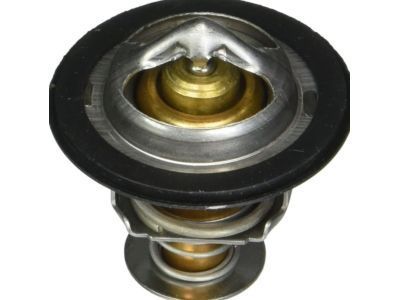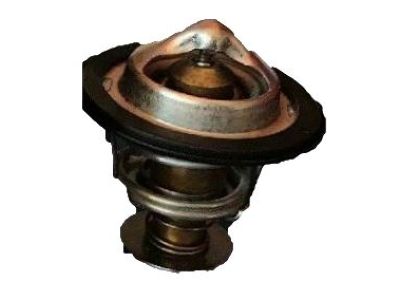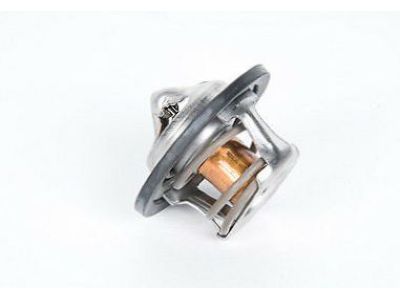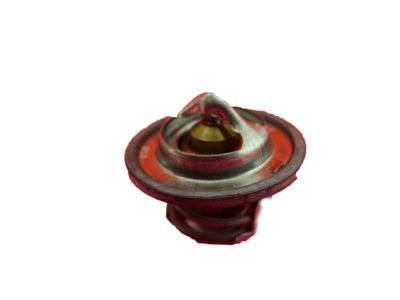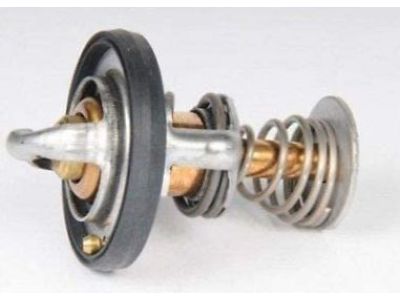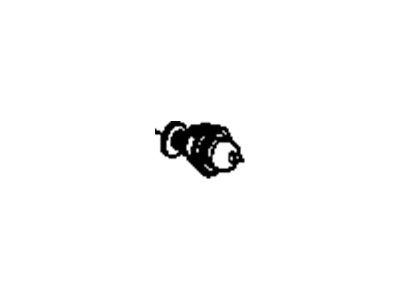
My Garage
My Account
Cart
Genuine Chevrolet Beretta Thermostat
Engine Coolant Thermostat- Select Vehicle by Model
- Select Vehicle by VIN
Select Vehicle by Model
orMake
Model
Year
Select Vehicle by VIN
For the most accurate results, select vehicle by your VIN (Vehicle Identification Number).
6 Thermostats found
Chevrolet Beretta Thermostat, Engine Coolant
Part Number: 24507563$20.44 MSRP: $40.74You Save: $20.30 (50%)Chevrolet Beretta Thermostat, Engine Coolant
Part Number: 24577288$13.83 MSRP: $25.92You Save: $12.09 (47%)Chevrolet Beretta Thermostat, Engine Coolant
Part Number: 24577299$16.68 MSRP: $29.91You Save: $13.23 (45%)
Chevrolet Beretta Thermostat
The Thermostat found in Chevrolet Beretta is very important in monitoring the temperature inside the engine so as to run at the most appropriate conditions. The Chevrolet Beretta Thermostat is a closed-loop control which is mounted near the radiator and it provides the temperature sensing ability and control of the coolant flow where it turns on or off heating or cooling system of the engine. Many types of thermostats have been used on Chevrolet Beretta's over the year for example bimetallic strips, wax pellet thermostats. These devices make use of the fact that they either expand or contract relying on the temperatures that exist in the engine so as to help in regulating the temperatures that are ideal. Chevrolet Beretta Thermostat works as a part of the car's climate control system and its role and significance for the car's performance and durability can not be overestimated.
Each OEM Chevrolet Beretta Thermostat we offer is competitively priced and comes with the assurance of the manufacturer's warranty for the part. Furthermore, we guarantee the speedy delivery of your orders right to your doorstep. Our hassle-free return policy is also in place for your peace of mind.
Chevrolet Beretta Thermostat Parts Questions & Experts Answers
- Q: What steps should be taken before assuming the thermostat is the cause of a cooling system problem on Chevrolet Beretta?A:Before assuming the thermostat is to blame for a cooling system problem, check the coolant level, drivebelt tension, and temperature gauge operation. If the engine seems to be taking a long time to warm up based on heater output or temperature gauge operation, the thermostat is probably stuck open and should be replaced. If the engine runs hot, check the temperature of the upper radiator hose; if it isn't hot while the engine is, the thermostat is likely stuck closed, preventing coolant from escaping to the radiator, and it should be replaced. Caution is advised as driving without a thermostat can lead to issues with emissions and fuel economy. If the upper radiator hose is hot, coolant is flowing, indicating the thermostat is open. Disconnect the negative battery cable and drain the cooling system, ensuring the lockout feature on models with the Delco Loc II audio system is turned off before disconnecting the battery. If the coolant is in good condition, save it for reuse. Remove the air cleaner assembly if necessary for access, then follow the upper radiator hose to locate the thermostat housing. Loosen the hose clamp and detach the hose; if it sticks, use adjustable pliers to twist and break the seal. If the hose is old or deteriorated, cut it off and install a new one. Check the outer surface of the fitting for deterioration, as it may need replacement if damaged. Remove the bolts or nuts to detach the thermostat cover, tapping it with a soft-face hammer if it is stuck. Note the orientation of the thermostat before removing it, and clean all traces of old gasket material and sealant from the housing and cover. Replace the seal on the thermostat for specific engine types, then install the new thermostat ensuring the correct end faces up. For Quad-4 engines, apply a thin layer of ATV sealant to both sides of the new gasket before positioning it on the housing. Install the cover and tighten the bolts or nuts to the specified torque. The remaining steps are the reverse of removal. Refill the cooling system, start the engine, and allow it to reach normal operating temperature, then check for leaks and proper thermostat operation.
